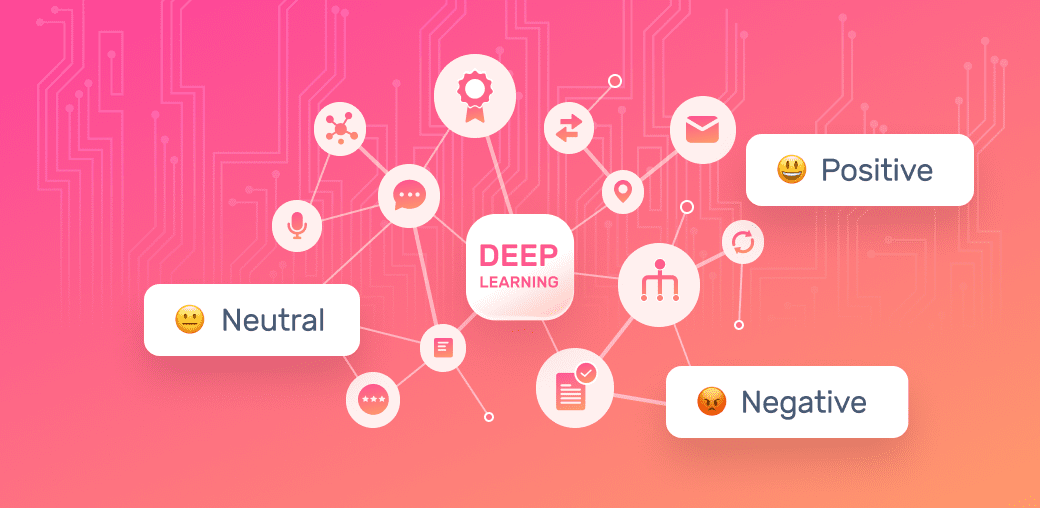
Photo by Petri Heiskanen on Unsplash
Sentiment Analysis with Deep Learning
Unlocking the Power of Opinions
Hey there, fellow tech enthusiasts! Today, we're diving into the exciting world of sentiment analysis – the art of extracting emotions and opinions from text data. This blog is your one-stop shop to understand how deep learning takes sentiment analysis to the next level.
Why Sentiment Analysis?
Imagine being able to analyze customer reviews, social media comments, or even survey responses to understand the underlying sentiment. Pretty cool, right? Sentiment analysis empowers businesses and individuals to gain valuable insights from textual data.

The Traditional Approach (and its Limits)
For a long time, sentiment analysis relied on traditional methods like:
Lexicon-based approach: Assigning sentiment scores to predefined words (e.g., "happy" = positive, "sad" = negative).
Machine learning algorithms: Classifying text based on features like word frequency and part-of-speech.
While these methods work to some extent, they struggle with:
Sarcasm and Context: Traditional models often miss the sarcasm in a sentence like "This movie is fantastic... NOT!"
Nuance and Emotion: They might classify a neutral sentence with strong adjectives (e.g., "This phone is incredibly average") as positive or negative.
Enter Deep Learning: The Sentiment Analysis Game Changer

Deep learning algorithms like Recurrent Neural Networks (RNNs) and Convolutional Neural Networks (CNNs) can learn complex patterns and relationships within text data. This allows them to analyze sentiment with greater accuracy, considering:
Context: Understanding how surrounding words influence the meaning of a particular word.
Sentence Structure: Recognizing the sentiment conveyed by sentence structure (e.g., exclamation points often indicate excitement).
Nuance: Capturing the subtle emotional undertones of language.
Building Your Deep Learning Sentiment Analysis Model
Here's a simplified breakdown of the process:
Data Collection: Gather a large dataset of text data with labeled sentiment (positive, negative, neutral).
Data Preprocessing: Clean the data by removing noise (e.g., punctuation, stop words) and convert text into a format usable by the model (e.g., word embeddings).
Model Training: Choose your deep learning architecture (RNN, CNN, etc.) and train it on the labeled data. The model learns to identify patterns between text features and sentiment labels.
Evaluation and Refinement: Test the model on unseen data and analyze its performance using metrics like accuracy and F1-score. Fine-tune the model based on the evaluation results.
Getting Started with Deep Learning Sentiment Analysis
Feeling fired up to build your own sentiment analysis model? Here are some resources to kickstart your journey:
TensorFlow/Keras Tutorials:https://www.tensorflow.org/tutorials
Keras Sentiment Analysis with LSTM:https://towardsdatascience.com/tagged/sentiment-analysis
Hugging Face Transformers Library:https://huggingface.co/docs/transformers/en/index

The Future of Sentiment Analysis
Deep learning is continuously evolving, pushing the boundaries of sentiment analysis. We can expect advancements in:
Multilingual Sentiment Analysis: Analyzing text data in different languages.
Aspect-based Sentiment Analysis: Identifying sentiment towards specific aspects of a product or service.
Real-time Sentiment Analysis: Analyzing sentiment of live streams or social media feeds.
Thank you for reading till here. If you want learn more then ping me personally and make sure you are following me everywhere for the latest updates.
Yours Sincerely,
Sai Aneesh
